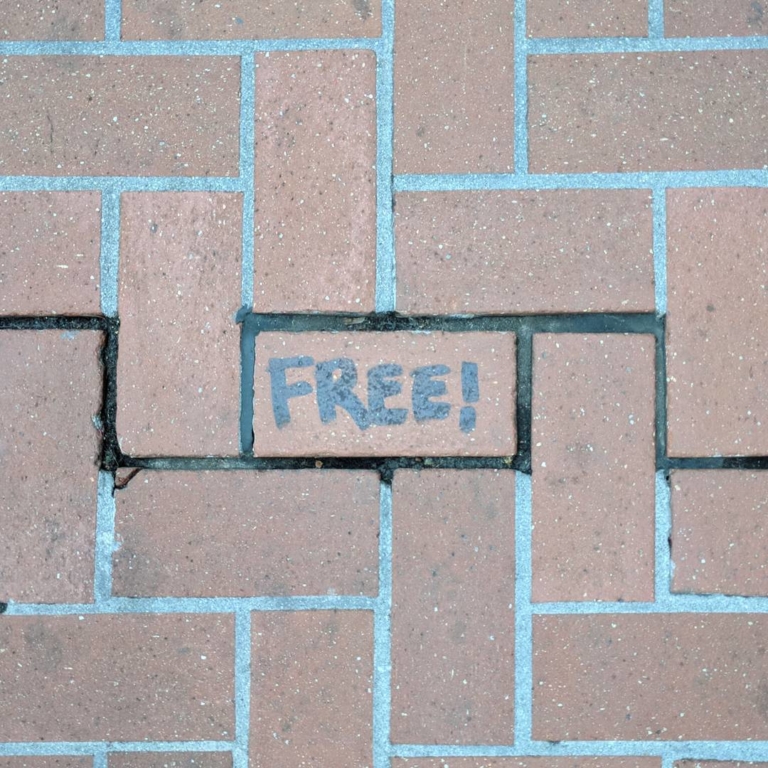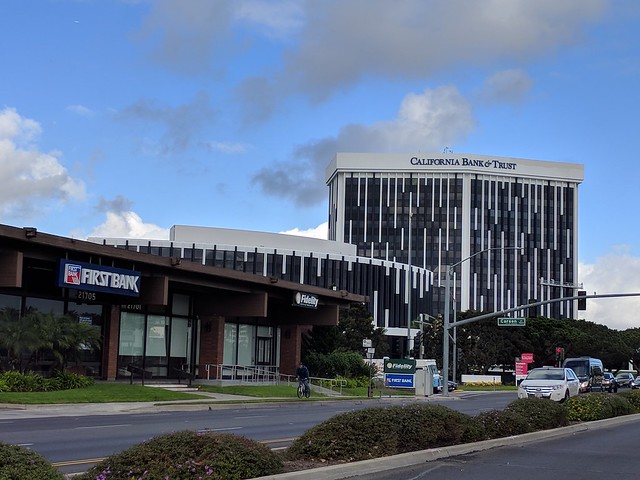Next year’s WonderCon tickets are available now, and SDCC goes on sale next week. I noticed something interesting about the WonderCon price, because ten years ago, I compared a lot of convention prices.
How do they stack up a decade later?
- WonderCon 2018 costs the same as Comic-Con 2008 did: $75. (WonderCon in 2008 was $30 in advance, or $40 onsite.)
- Comic-Con International has gone waaaay up. They don’t sell full-weekend badges anymore, but if you’re super-lucky you could theoretically buy one-day badges for all 4 1/2 days in 2018 (if you’re really lucky), in which case you’d be spending $45+$63×3+$42 = $276!
- Wizard World shows in general have gone from $45 in 2008 to $80 for 2018.
- Flagship Wizard World Chicago has gone from $50 in 2008 to $95 in 2018.
There are some other conventions that need to be on this list today, but weren’t on the 2008 list. Some of them are new, like C2E2. Emerald City and New York Comic Con were around, but hadn’t gotten big enough for me to include on a list that was mostly California conventions plus the big names – which at the time were SDCC and Chicago.
- C2E2 2018 costs $76.
- I can’t find the prices for New York Comic Con.
- Emerald City Comicon 2018 costs $120 for the full event.
- Long Beach Comic Con started out around the same price as a Wizard World show in 2009, and is currently $60, so a little cheaper than a Wizard World show.
- Stan Lee’s LA Comic Con launched with super-cheap tickets at something like $11/day to get people to show up (before Stan Lee’s name was attached to it), but by 2016 it was in line with other shows at $35/day. (I can’t find any prices on their website anymore, so I don’t know the full weekend price.)
So over all: comic convention prices have roughly doubled over the last 10 years, except for SDCC, which shows what happens when the demand for tickets goes up and the supply stays static. They can’t add more badges, so raising the prices encourages people to buy tickets for fewer days, freeing up space for other people on those other days. It sucks for those of us who want to buy tickets, but it’s textbook Adam Smith.
But wait! I looked at other fan conventions at the time as well!
- GenCon 2017 cost $90 for pre-reg/$120 standard, up from $60/$75 in 2008
- DragonCon 2018 cost $105, up from $90 in 2008
- WorldCon 2018 (San Jose) has only gone up to $210, compared to $200 for Denver in 2008
- WesterCon 2018 (Denver) is $60, same as in 2008!
- Loscon 2018 is $35, again, same as in 2008
These have climbed a lot less. GenCon jumped 1.5x instead of 2x, and the more traditional sci-fi/fantasy cons have only increased a little bit, if at all.
It reminds me of a discussion at Chicon 7, the last WorldCon I attended in 2012, about the changing face of fandom. Fan culture has exploded in my lifetime, but traditional sci-fi/fantasy con attendance has stayed static. Fans are interacting online, or going to anime/comic conventions instead. And that lines up very neatly with the prices of the comic conventions vs. the more traditional cons.
In any case, it’s worth noting: WorldCon is now cheaper than SDCC. And you get to vote for the Hugos!



